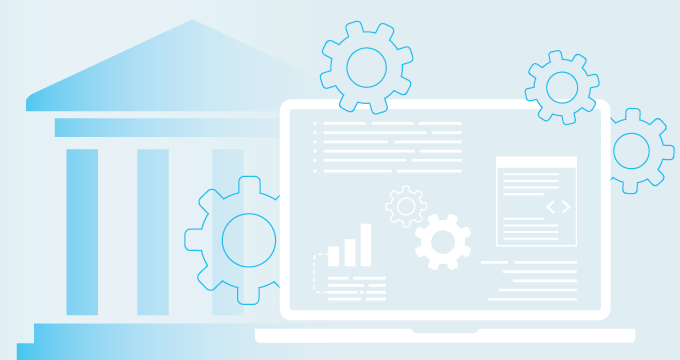More and more companies are becoming aware of the need to archive their emails and other digital communication data, for both compliance and productivity purposes. An email archive, basically, is a system that automatically obtains messages, attachments, and information about the messages from email servers, and then indexes and stores that information in a read-only format for a specified period of time, depending on the industry’s retention policy. An archive also enables companies to define their own policies, search for messages, and maintain an audit trail of who accessed a message and when.
Choosing from the tons of archiving options available out there could seem daunting, but an in-house archiving solution has some major advantages. Check out this infographic which highlights the pros of an in-house appliance and breaks down how it is incorporated into your existing IT system:
In-House Email Archiving Appliances: The Why and the How
THE WHY
Security
Given the highly confidential nature of many messages, company leaders are often uncomfortable having their data housed off-site by a third party. An in-house archive keeps everything on your own turf!
Reliability
In high-volume periods, server performance can be compromised when messages must share the same bandwidth. An in-house archive captures copies of all messages after or before they reach the outside world, with no impact on bandwidth or server performance.
Cost-Effectiveness
While it’s true that there are fewer start-up costs when outsourcing an archive to a third party, over time the cost analysis favors in-house solutions, as they are paid for once, while the costs of third party solutions go on indefinitely.
Simplicity
An in-house archiving appliance, which is the size of an average router, can be set up in a matter of hours, and completely integrated into a company’s existing email interface.
THE HOW
Here’s how it works:
- Once an incoming message or file has passed through your company’s firewall and spam filters, it moves to the router.
- If the email system is managed in-house (likely through Microsoft Exchange, Lotus Notes or another networked system), “journaling” is used, which means that the archiving appliance captures every message and its attachments.
- If the email platform is hosted by a third-party provider or you use a proprietary email system, “sniffing” is employed, meaning a copy of all messaging traffic is captured as it passes through the switch, or router.
THE RESULT
Once an in-house archiving appliance is implemented, users can access their email archives and perform basic or advanced searches through their email program, while the company’s compliance officer will be able to define the rules by which messaging traffic will be monitored and captured.
Find out how Jatheon can help you implement an in-house archiving solution by contacting us or by requesting a demo.
ABOUT JATHEON
Founded in 2004, Jatheon Technologies Inc. designed the world’s first non-intrusive network appliance.
Today, Jatheon continues to raise the bar throughout the industry with its latest enterprise-grade cCore appliance line, and Ergo, its powerful email archiving, indexing, retrieval and dynamic monitoring software solution, and best-in-class technical support, The Jatheon Guarantee.
Jatheon is headquartered in Toronto, Canada and serves clients worldwide through its network of global business partners.












